Amazon is known for their customer-centricity - whether we agree or not. Now you can too!

Amazon is known for their customer-centricity - whether we agree or not. Now you can too!
Janet can’t wait for her next holiday in the sun. Sitting at her desk, she tells her computer Bob to browse for swimsuits. Bob’s screen flashes, presenting her two options from her favorite webshops.
“Bob, go to VR changing room,” Janet whispers, careful not to alert her colleagues and Robot-boss. She tries on both swimsuits, opting in the end for the yellow bikini (her favorite color!) paired with the straw hat that the store seamlessly recommends.
1-click later and Janet is checked out. Two hours after that and a little drone delivers her purchases with the note: “Hey Janet, thanks for buying me! Enjoy your trip to Ibiza!”.
Janet puts the package quietly away before activating Bob once more - this time looking for a good old e-read.
This may look like a futuristic scenario, but actually, all of these technologies exist or are being piloted by Amazon.
Except for Robot-bosses. Unfortunately, we are all still left with very tangible, human executives.
So we get it. If you're managing eCommerce store,
“There is no question that Amazon is your big red flag” (CEO of Crobox, Rodger Buyvoets)
Pureplayers like Amazon have had a head start. But I'm here to tell you that although seemingly way ahead of you, there are actually ways you can catch up. 
Catching up to Amazon if you're not a purplayer is possible - just like Janet’s shopping experience.
Throughout this article, we’ll learn about Amazon’s market share, and I’ll walk you through 7 steps to harnessing some of that legendary Amazonian customer-centricity.
In the end, it's not about being like Amazon, but learning from Amazon and being better.
Ready?
Firstly, how is Amazon doing?
Type “relentless.com” into your browser and watch how it redirects you to Amazon’s webshop. Their message is clear: they are relentless retailers.
Proof of their expanding digital footprint:
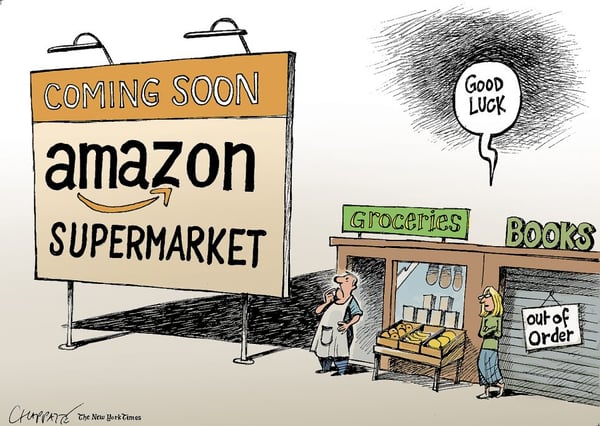
That’s a lot of facts and figures.
The fact of the matter (pun intended) is: Amazon is the Big that keeps getting Bigger. But I don’t have to tell you that, founder Jeff Bezos is the richest man in the world!
In short, Amazon is doing great. Their technology is everywhere from drone delivery, Amazon ‘Go’, Kindles, virtual reality changing rooms, to cloud infrastructures used by the CIA and NASA (yikes!).

Of course, Amazon’s success is driven by many things like harnessing the power of the internet at its genesis in the 1990s, experimenting with different concepts (like their 4-star bookshop in Seattle or Amazon Go), or even empowering small businesses.
But I’m not here to give you reasons to invest in Amazon stock.
I’m here to argue that one of the main reasons why Amazon got so big was because of their investment in their customers.
And not just “investment”, but “obsession”...
Amazon’s mission statement is “to be the earth’s most customer-centric company”, supported by their Leadership Principles, of which the most important is “Customer Obsession”:
“Leaders start with the customer and work backwards” [From Amazon Leadership Principles]
Customer needs, thus, drive innovation.
Bezos confirms that his secret to being Number One is the obsessive focus on the customer (instead of the competition).
With that in mind, let’s get down to business.
Now that you know that the Amazonians have adopted an agressive customer-centric mindset, here are the 7 Steps you should leverage to catch up.
Many of you are drowning in legacy issues and probably have to deal with inflexible e-processes left behind by your predecessors.
So, I don’t mean investing in AI supercomputers like Janice's robotic Bob (unless you have the budget for it), I mean leveraging the technologies from your pre-existing IT infrastructure.
Instead of transforming your entire ecosystem, make step-by-step innovations as you go along.
“True innovation is not an invention but an improvement” [Jeff Bezos Interview]
For example,
Amazon leverages machine learning company-wide and Bezos suggests that this will quietly but meaningfully improve their core operations.
Amazon Prime features out of this, where customers receive “VIP” treatment should they pay more.
Additionally, cloud computing is now commercialized (see: AWS), which means that analytics are available to everyone. Creating a flexible and sustainable enterprise-grade analytics solution using AI and machine learning can be easier than you think with these tools.
AI & ML will help you synthesize customer analytics and turn it into customer intelligence.

I did say it’s not about robots or shipment drones. Not yet anyway. There are still companies outside of Amazon's scope that really achieve a unique customer-centric trajectory. Check them out in these customer-centricity examples.
The takeaway? Invest in technology, leverage ML and AI, and this will allow you to take insights from the data and prescribe precise (and proactive) actions.

We all know that data is tricky.
Therefore, make mined data structured, clear, and digestible for non-data-savvy departments to process and identify high-value customer segments for clear campaign strategies.
In other words, make your customer analytics actionable.
Additionally, if you're the Head of your eCommerce, Marketing, or Customer Experience department, make sure you listen to the ideas of all your staff:
Diversity of data + diversity of staff and opinions = creative and diverse business solutions.
This will ensure the highest quality of your decisions, optimize the buyer’s journey, enhance customer exchanges. In the end, this will leak back to your customers to increase loyalty and retention.
“Diversity begins at the table, in the design. It begins in the imagination of the designers, and then we can begin to see them implemented in operational structures...Diverse data-sets will only mature the and future-proof tech solution in the future.” -Renee Cummings (AI global summit)
"Yes, data is important, but there’s just so much of it!": Is the bottleneck every non-eCommerce pureplayer suffers.
Therefore, I strongly recommend centralizing your data using platforms like CDPs, CRMs, or DMPs.
Take Uber’s impossibly large data capture process: They predict everything from waiting times to which roads the driver should take (and, of course, which times the prices will shoot up, which is what I personally care about the most) all by synthesizing and learning from customer data.
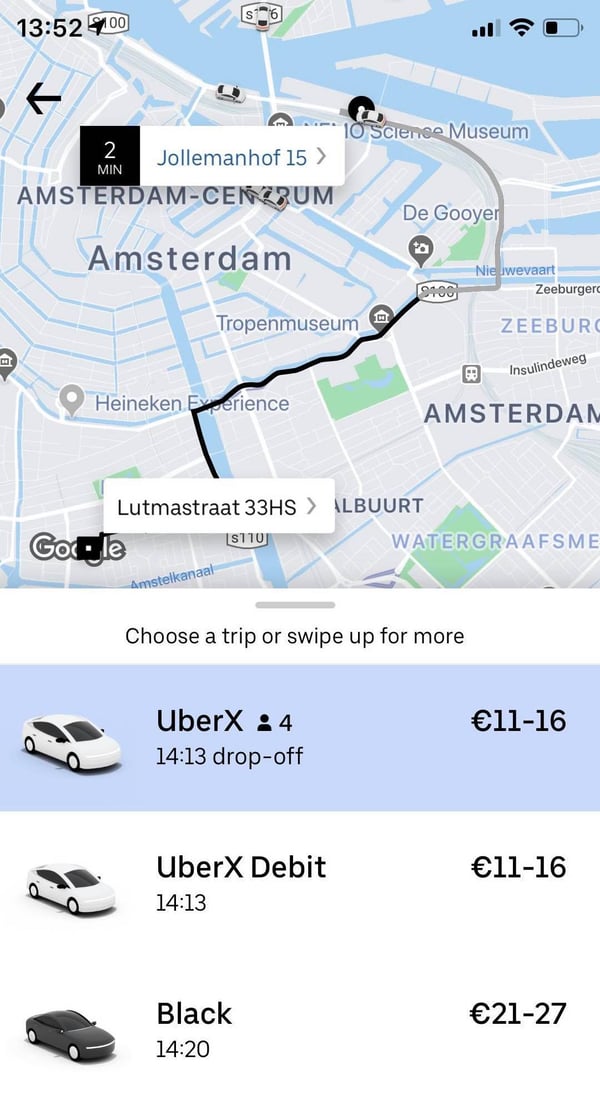
In these omnichannel days, your shoppers have a myriad of touchpoints. Data platforms are necessary for that 360-view, and ML algorithms like Uber’s are important for predictive modeling and customer profiling.
One more thing: Don’t lock your data in silos. Instead, make it available across all departments using these platforms.
I can’t stress this enough:
Centralized data will help plan future marketing strategies, optimize campaigns, grow your customer base and control advertising strategies - the latter something that Amazon offers as well.
It’s not always possible to go DTC. In Europe, there is no legal price-binding, so I know that it can be hard to swallow if Amazon sells your 120 euro bag for 9.99 euros.
Therefore, if you can’t beat them at price, beat them in “Experience”.
Let me be brutally honest here.
The Amazon “Experience” isn't great. It doesn’t, for example, look like Patagonia’s webshop where social advocacy videos are integrated into the shopping process.

Patagonia even has a video-feature in their bag section that shows how the bag is used - all its secret pockets - and even how it fits on a live model!
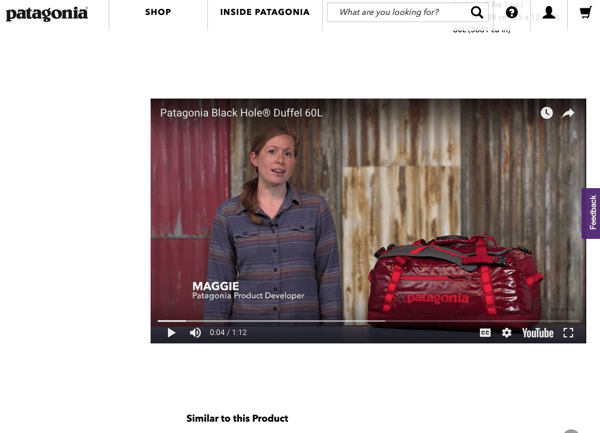
Of course, the Amazon “experience” boasts of frictionless customer journeys (i.e., 1-click check out, low prices, 2-day shipping, Alexa reminders), information-rich product recommendations, and many, many reviews...
But Amazon is still just a yellow and black inventory. You can do better just by using different colors on-site. Check out how to streamline your eCommerce page design using psychology.
The bottom line?
You need to get to know your consumers on a deeper level. Understanding consumer psychology will help choose the technology. In the future of retail, consumer behavior will shift according to the technology (or AI) that identifies and streamlines their purchase behavior.
68% of customers stop using a service because they believe that the brand or shop “doesn’t care about them.'' Amazon understands this and leverages psychological tactics in every step of the online buyer’s journey to engage, attract, and eventually convert, customers.
Therefore, connect with your customers on a personal level.
For example,
At Crobox we help eCommerce stores understand their customer’s needs and desires by underpinning product tags with the behavioral principles of, for example, the Endowment Effect, Scarcity, or Social Proof.
“A remarkable customer experience starts with heart, intuition, curiosity, play, guts, taste. You won’t find any of it in a survey.” [Jeff Bezos 2016 Letter to Shareholders]
With these behavioral principles in tow, we can profile shoppers based on their psychological drivers. If your customer (let's call her Janet for the sake of consistency) clicks on a product with a "Bestseller" product badge, this means they are more inclined to Social Proof messaging.
Then, we can reuse this data to optimize our future communication with Janet, like email subject lines, recommended products, or what she sees on social media.
Our Chief Data Officer here at Crobox believes that for smaller retailers to cope in the future, personalizing products will be key.
“I would advise smaller retailers to have a better understanding of their products.” [Leonard Walters, CDO Crobox]
Sounds pretty straightforward, doesn’t it? Customers come to your webshop for the product, after all.
Yet, this advice is data-centric. To do this, you will need to run badge experiments on your products (e.g., “waterproof”, “real leather”, “sustainable”) and analyze their performance to understand which product attributes are most effective in driving purchase behavior.
But wait - there’s more:
Fostering intimacy with your brand in a highly personalized and creative way keeps your customers involved and delighted.
Amazon is unable to foster such intimacy because of its scope across different industries and markets. Herein lies your competitive advantage - it's Amazon's scope as a pureplayer that they are unable to provide true one-to-one experiences.
Instead, shoppers will come to you to look for this kind of intimate interaction.
Be authentic, unique, involved, an listen and engage with your customers continuously (through loyalty programs (kind of like Prime!), regular communications (e.g., Emails), subscriptions, social media, influencers, etc.).
Look at how Apple is one of the most successful brands worldwide but sells a limited choice of products.
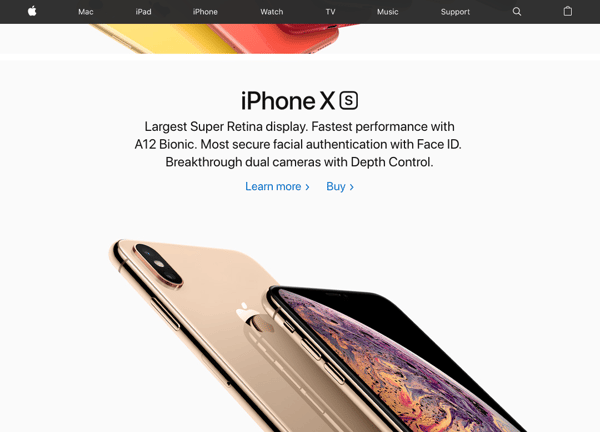
Brand engagement will increase customer loyalty and retention, reduce churn, and educate your audience about who you are which will make them feel closer to you and keep them coming back for more.
Our last Step towards customer-centricity is a combination of everything we've discussed up until now.
Delight, delight, delight!
Streamline your digital marketing to get closer to your customer to increase ROI: i.e., “Check-in” with your customers every so often to show them that you are thinking about them.

This can be achieved through email reminders displaying discounts, or the simple “We Miss You” copy tailored for each individual.
Amazon employs a full UX team who collaborate with engineers, product managers, and executives, delivering unified decisions that drive customer conversions.
But once again, don't be like Amazon: Be better.
I know you're striving to carve out a place in the market just like Amazon. Why else would you have continued reading?
But, as a non-eCommerce purplayer, you should avoid placing this tech giant on a pedestal.
Amazon can't function without fulfillment centers or warehouses. However, past exposure of low employee wages coupled with bad working conditions have revealed serious mismanagement on the backend.
If you do want to expand, the most important thing to keep in mind is fair working conditions and equal opportunities for all staff.
When dealing with customer data on such a large scale, it's important to stay transparent.
Follow data protection laws and show your customers that you are using their cookies to improve their experiences, and alleviate the stress of shopping!
I know we’ve already mentioned this, but it doesn’t hurt to iterate. Stay true to yourself and your brand, and you will continue to delight your customers.
Bezos himself says:
“Brands are for companies like reputations are for people...hard-earned and easily lost” [Bezos Interview]
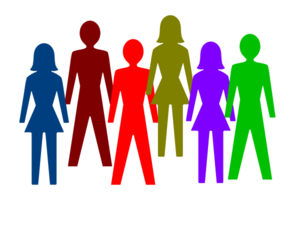
Instead of striving to be more like Amazon, maybe you should strive towards truly understanding your core brand identity to gain a competitive advantage.
Amazon is a data power-house, but a lot of transparency and corporate social responsibility gets lost.
So (at the risk of sounding like a broken record): Don't strive to be like Amazon. Learn from their practices. But do better.
Read our ebook on Nudge Marketing to see how you can begin to leverage data on-site in the most customer-centric way!